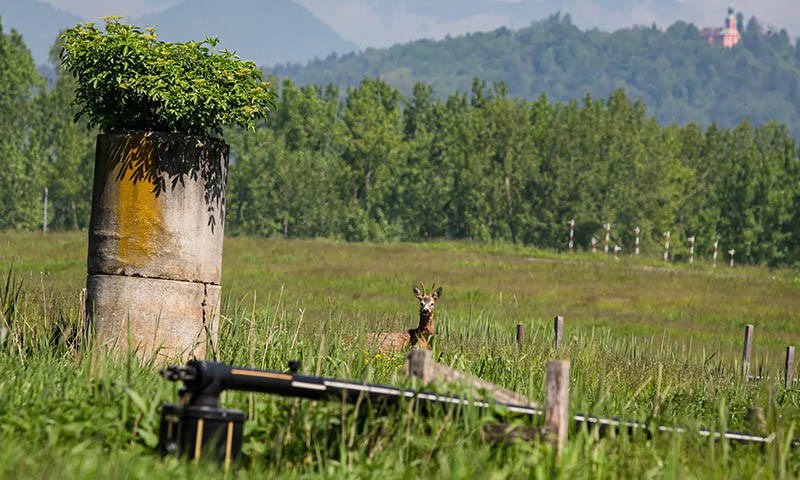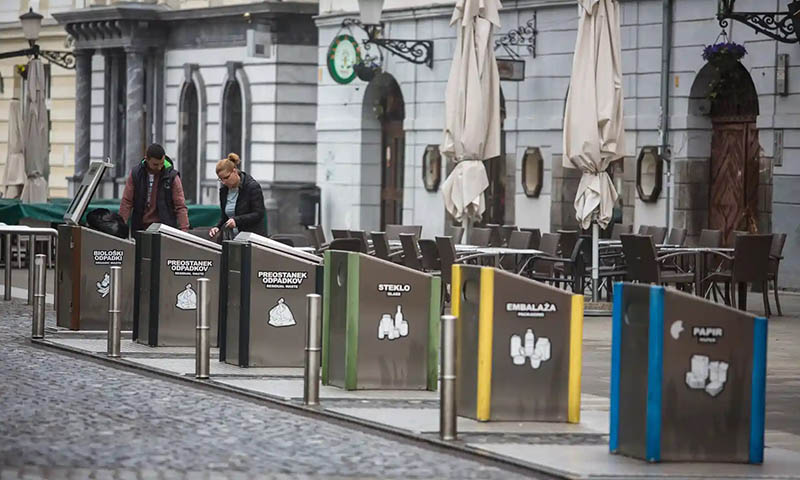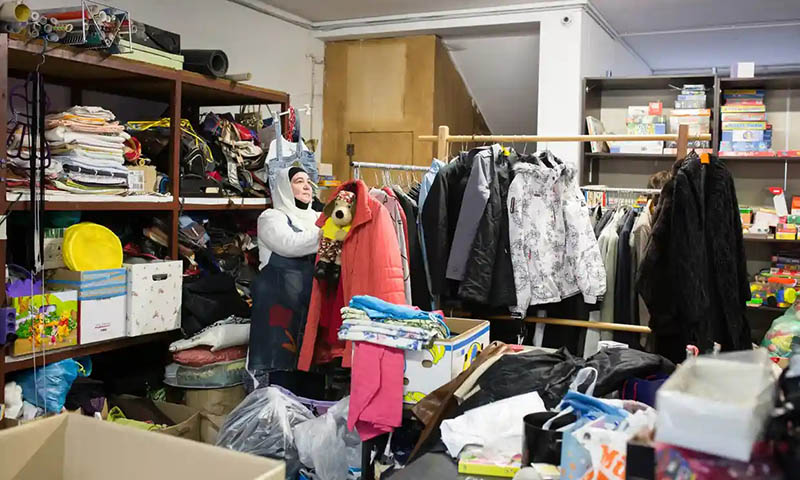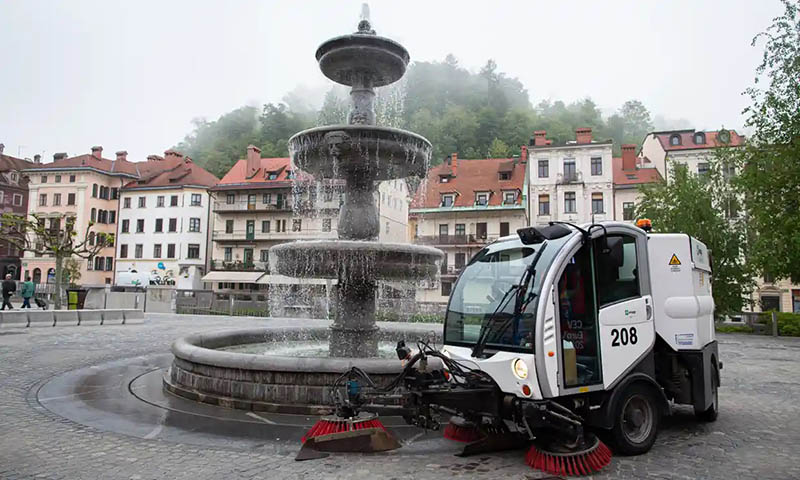This website uses cookies so that we can provide you with the best user experience possible. Cookie information is stored in your browser and performs functions such as recognising you when you return to our website and helping our team to understand which sections of the website you find most interesting and useful.
From no recycling to zero waste: how Ljubljana rethought its rubbish
Fifteen years ago, all the Slovenian capital’s waste went to landfill, but by 2025, at least 75% of its rubbish will be recycled. How did the city turn itself around?
Words and photographs by Luka Dakskobler
From the lush green hill you can see Ljubljana, the capital of Slovenia, in the distance. Populations of deer, rabbits and turtles live here. The air is clean and the only signs that we are standing above a 24-metre (79 feet) deep landfill are the methane gas pipes rising from the grass.
Ljubljana is the first European capital to commit to going zero-waste. But fifteen years ago, all of its refuse went straight to landfill. “And that is expensive,” says Nina Sankovič of Voka Snaga, the city’s waste management company. “It takes up space and you’re throwing away resources.”
So the city decided to change course.


A deer grazes on Ljubljana’s old landfill site; the city is a backdrop to the site’s green spaces and methane pipes
It began in 2002 with separate collection of paper, glass and packaging in roadside container stands. Four years later, the city began collecting biodegradable waste door to door; separate collection of biowaste is set to become mandatory across Europe in 2023, but Ljubljana was nearly two decades ahead of the curve. In 2013, every doorstep in the city received bins for packaging and paper waste. And, most controversially, scheduled collections of the residual waste were cut by half – forcing people to separate their rubbish more efficiently.
The results have been impressive. In 2008, the city recycled only 29.3% of its waste and was lagging behind the rest of Europe. Today that figure is 68%, and its landfill receives almost 80% less rubbish, putting it at the top of the recycling leaderboard of EU capitals. The Slovenian capital now produces only 115 kg of residual waste per capita annually (the European city with the lowest figure is the much smaller Treviso, Italy, at 59kg).



The RCERO plant, top, processes biological and residual waste into four types of remains
The development of the most modern plant in Europe for treating biological waste has been a major step towards meeting the city’s commitment to a minimum 75% recycling rate by 2025. The Regional Centre for Waste Management (RCERO) opened in 2015 and today services almost a quarter of all Slovenia, uses natural gas to produce its own heat and electricity, processes 95% of residual waste into recyclable materials and solid fuel, and sends less than 5% to landfill. It even turns biowaste into high-quality gardening compost.
But it’s not just about processing. Prevention, reuse and recycling lead the way. In addition to door-to-door collection, Ljubljana has two household waste recycling centres where citizens can dispose of their rubbish. The one near RCERO Ljubljana is so popular – it gets more than 1,000 visits a day – that the city plans to build at least three more, with another 10 smaller sites in denser areas.

In the crowded city centre, residents can dispose of household waste in segregated bins, opened using a card only issued to citizens
“I don’t remember a time we weren’t separating waste,” says Henrik, a resident dropping off his rubbish at the centre. “I know exactly where a specific container is so I prepack waste in that order.”
Stuff that isn’t broken gets reused: items are checked, cleaned and then sold at low prices from the facility. And there is a weekly workshop which teaches citizens how to fix broken things.
Zero-waste stores are an emerging trend in Ljubljana, and the Voka Snaga waste department runs its own packaging-free vending machines for household basics. Annother innovation means that all municipal institutions now use toilet roll that is produced from recycled milk and juice packaging.



Reduce, reuse, recycle (clockwise from top): packaging-free shops are now popular; streets are cleaned with collected rainwater and biodegradable detergent; items from the reuse centre are sorted, cleaned and sold
In the historical city centre, where space is scarce, Voka Snaga installed 67 units of containers underground; the bins open with a card issued to residents.
Although packed with tourists, the city centre is clean. Waste collectors roam on foot, and special vehicles sweep the streets using rainwater collected from the Voka Snaga rooftops and biodegradable detergent. Almost every corner has separate waste bins for paper, packaging and residual rubbish.
Ljubljana still faces challenges – not least apartment buildings, where it is difficult to identify those who dispose of waste incorrectly, but also a huge ongoing glut of cemetery candles, a particular issue for Slovenia, which ranks third in the world for their use.

The plastic holders for cemetery candles waiting to be processed at RCERO
“Of course they could do even better,” says Pierre Condamine, waste policy officer at Zero Waste Europe. “As we say: zero-wasters are always happy, but never satisfied.”
Back at the landfill, Lidija Čepon of RCERO points out a small pile of what seems like dark soil partially covered by a thin layer of bright rubble. “That dark material is what comes out of RCERO,” she says. “On top of it is inert waste, and together they make less than 5% that we landfill.” A hint of pride creeps into her voice.
In another context the sight might be considered disappointing. After all, there is really not much to see.
Source link